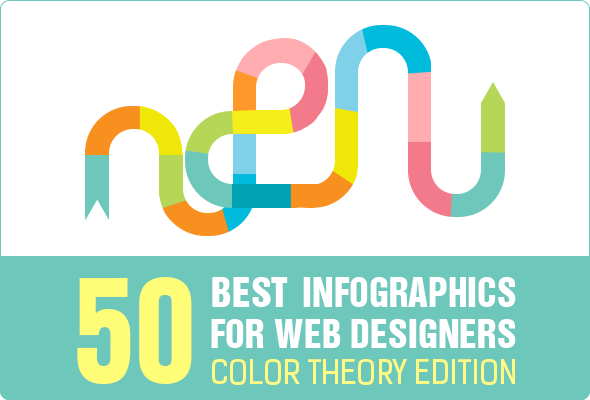Intrigued In Discovering Just How Internet Site Design Has Altered Over The Years? Discover The Development From Basic, Straightforward Styles To User-Centered Methods That Prioritize The Needs And Choices Of On The Internet Visitors
Intrigued In Discovering Just How Internet Site Design Has Altered Over The Years? Discover The Development From Basic, Straightforward Styles To User-Centered Methods That Prioritize The Needs And Choices Of On The Internet Visitors
Blog Article
Created By-Johansen Wren
In the past, web sites were easy and concentrated on info. Navigation was direct, and style was for desktops. Now, customer experience is key. Information overviews designs for very easy navigation. Receptive formats match various devices. Today, dark mode lowers strain, and minimal menus enhance navigating. Interactive functions involve customers, and strong visuals stand out. AI integration enhances involvement. See exactly how design has actually advanced to improve your on the internet trip.
Very Early Days of Website Design
In the very early days of website design, simplicity preponderated. Internet sites were fundamental, with minimal colors, font styles, and layouts. The emphasis got on supplying info as opposed to flashy visuals. Users accessed the net with sluggish dial-up connections, so speed and functionality were crucial.
Navigating food selections were straightforward, generally located on top or side of the web page. Internet sites were created for desktop computers, as mobile surfing wasn't yet prevalent. Content was king, and developers prioritized easy readability over complex layout aspects.
HTML was the primary coding language utilized, and developers needed to function within its restraints. off page seo websites and interactive features were marginal contrasted to today's standards. Web sites were fixed, with little dynamic web content or personalized individual experiences.
Surge of User-Focused Design
With the advancement of web site layout, a change towards user-focused style concepts has actually come to be significantly prominent. https://onlinemarketingwebsitedes73840.blogsuperapp.com/30376888/enhance-your-organization-with-proven-internet-marketing-solutions , creating sites that prioritize customer experience is crucial for involving visitors and attaining service goals. User-focused design includes comprehending the demands, choices, and habits of your target market to customize the web site's format, content, and features as necessary.
Designers now perform extensive research, such as customer surveys and use testing, to gather insights and feedback directly from users. This data-driven strategy assists in developing instinctive navigation, clear calls-to-action, and visually attractive interfaces that resonate with visitors. By positioning the individual at the facility of the style process, internet sites can supply a more individualized and pleasurable experience.
Receptive layout has additionally become a crucial aspect of user-focused design, making sure that web sites are optimized for different gadgets and display dimensions. This flexibility enhances accessibility and functionality, catering to the varied ways customers connect with internet sites today. In essence, the surge of user-focused style signifies a shift towards creating electronic experiences that focus on the requirements and assumptions of completion user.
Modern Trends in Web Design
Explore the most recent fads shaping website design today. One prominent fad is dark setting layout, using a smooth and modern look while reducing eye strain in low-light settings. One more essential pattern is minimalist navigating, streamlining food selections and boosting individual experience by concentrating on essential elements. Integrating micro-interactions, such as computer animated switches or scrolling impacts, can create a much more appealing and interactive internet site. Responsive layout remains critical, making certain seamless customer experiences throughout various devices. In addition, making use of strong typography and unbalanced formats can add visual rate of interest and draw attention to specific material.
Incorporating AI innovation, like chatbots for customer support or customized suggestions, boosts customer involvement and enhances procedures. Accessibility has likewise come to be a considerable trend, with developers prioritizing inclusive style techniques to accommodate diverse user requirements. Welcoming sustainability by enhancing website performance for speed and effectiveness is another emerging pattern in web design. Working together with individual responses and information analytics to iterate and boost design continuously is necessary for remaining appropriate in the ever-evolving electronic landscape. By accepting these modern-day trends, you can produce an aesthetically attractive, straightforward site that resonates with your target market.
Conclusion
As you review the advancement of site design from the very early days to now, you can see how user-focused design has become the driving pressure behind contemporary patterns.
Accept the journey of adjustment and adaptation in website design, constantly keeping the individual experience at the center.
Keep current with the most recent fads and technologies, and never ever stop evolving your approach to produce aesthetically spectacular and user-friendly sites.
https://searchengineoptimizationd34948.madmouseblog.com/10340840/discover-the-art-of-crafting-headlines-that-detain-focus-and-ctas-that-persuade-leading-the-way-for-an-effective-ppc-campaign , adjust, and create - the future of web design remains in your hands.
